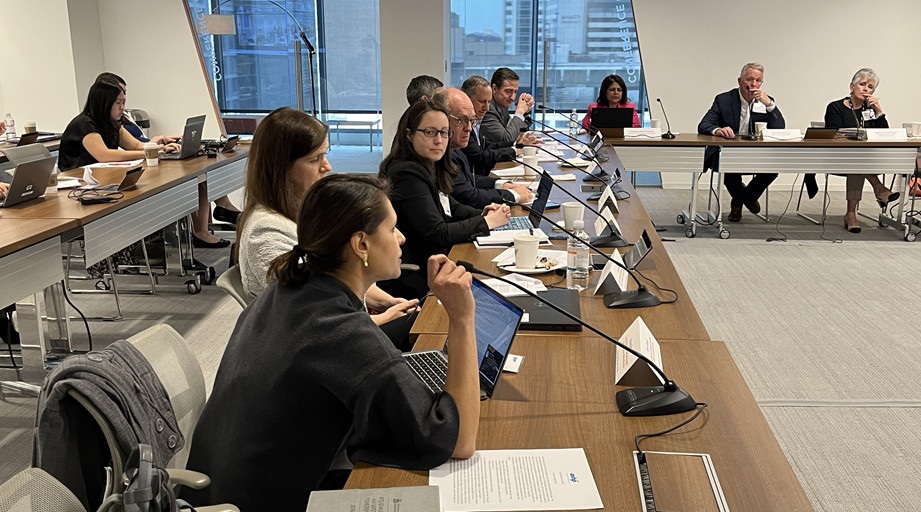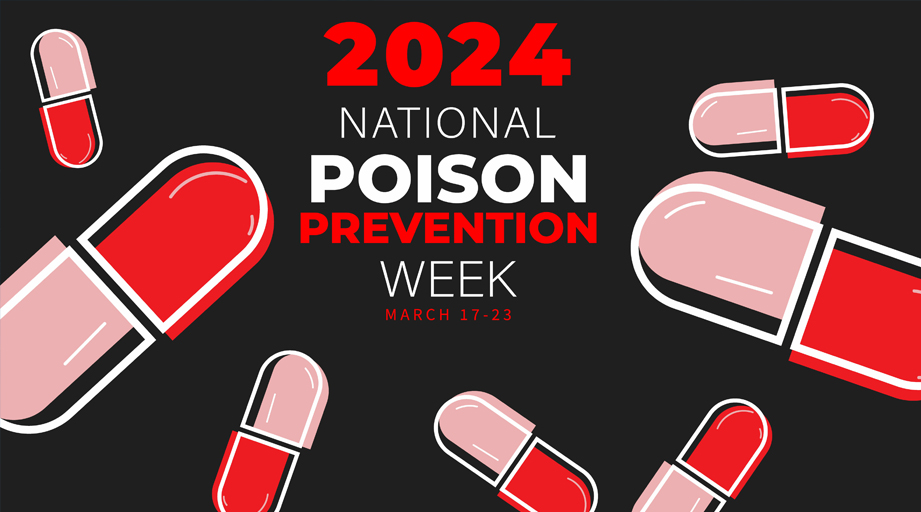
Ochsner Health in Louisiana administered 39,000 COVID-19 vaccine doses to community members during a single week and more than 150,000 doses through Feb. 22, illustrating the efforts that some multihospital organizations have undertaken to vaccinate the general public.
 “As a health system, this has been our opportunity to be proactive. So many of our resources have gone into saving patients once they become infected. This has allowed us to get in front of it and is something that is extremely empowering to our staff,” said Matthew Malachowski, system director of population health and ambulatory care pharmacy.
“As a health system, this has been our opportunity to be proactive. So many of our resources have gone into saving patients once they become infected. This has allowed us to get in front of it and is something that is extremely empowering to our staff,” said Matthew Malachowski, system director of population health and ambulatory care pharmacy.
Malachowski said the health system’s largest clinics were vaccinating “about 100 patients every five minutes” during early January.
Deborah Simonson, vice president of pharmacy services, said the clinics “could have stayed at that pace very easily — if we had vaccine.”
Ochsner’s online COVID-19 information portal announced in mid-February that the limited vaccine supply is an ongoing national concern. Because of supply constraints, some vaccination appointments have been rescheduled, and the affected patients receive priority access as vaccine becomes available — all while the health system accommodates the state’s growing eligibility criteria.
Simonson said the unpredictable vaccine availability greatly affects vaccination plans.
“You don’t find out your vaccine allocation until the end of the week as you are trying to schedule for the following week,” she said. “We have a plan in place that includes staffing, resources, and scheduling, which is challenging when information is coming in at the last minute.”
Bonnie Levin, assistant vice president of pharmacy services for MedStar Health, said her 10-hospital system, which operates in Maryland and the District of Columbia, has likewise been “desperately hoping to get new product” for public vaccination campaigns.
“We are obsessively matching our inventory to our schedule to doses administered. It’s three data points we look at every day,” Levin said. “We’re filling up our schedules almost day by day to make sure that we don’t overschedule. Because the last thing we want to do is promise somebody vaccine and cancel them.”
Levin said MedStar established community vaccination centers at most of its hospitals and also at an infusion center and two multicenter specialty clinics, essentially repurposing existing resources to support vaccination of the public.
Of the approximately 40,000 doses MedStar administered through late January, about 10,000 were given to the public — mostly to older adults — and the rest to frontline staff.
In Washington state, Multicare is operating COVID-19 vaccination clinics in the Tacoma and Puget Sound areas, with a special focus on underserved members of the community.
Through mid-February, the health system had administered about 55,000 doses, with about 25% of them going to staff and the remainder to nonemployees in the community.
“We really focus our energies on health equity and looking for underserved populations,” said Chief Pharmacy Officer Tim Lynch. He said Multicare’s Center for Health Equity partners with the local health department and community organizations to identify and register vulnerable and underserved patients who meet the state’s COVID-19 vaccination criteria.
This effort includes multilingual outreach and registration and appointment scheduling by telephone to ensure people without internet access can get vaccinated.
“What we’ve tried to do is create new ways to connect those individuals,” Lynch said.
Lynch said the system for obtaining first and second vaccine doses has evolved since December, when the state essentially issued orders for recipients. Now, he said, there are weekly conference calls with state and local health department staff to assess the vaccine supply and coordinate vaccine allocation.
“We essentially order our doses a week ahead, requesting both our second doses and our initial doses and then [get them] based upon the allocations that the state receives,” Lynch said. “They have a matrix that they work through to determine where vaccines can be allocated to, based upon ... capacity of the vaccine clinics.”
He said uncertainty about the amount of vaccine available for first doses remains the biggest obstacle to maintaining the vaccination effort.
“We consolidated from 10 different clinic sites that we were vaccinating from down to a total of four for our system,” Lynch said. “That has helped us manage our vaccine supply. It also helped us manage how we can ramp up or ramp down, if need be, depending on the number of vaccines we’ve been given.”
Another challenge for each health system has been the need to quickly develop and deploy technology to support public-facing vaccination efforts.
Levin said it took “an army of people” at MedStar to quickly put together the information technology pieces for registering and scheduling vaccine recipients and tracking vaccinations.
“No health system has an easy way to do that,” she said. “You have a documentation in your electronic record of the patient information, then you have to document that the drug was administered. You have to do inventory management; we’re counting every dose. And then there’s on the back end, you’re reporting to the state jurisdiction.”
Simonson said Ochsner realized early on the importance of creating a registration portal to collect basic clinical and demographic information before people arrive at a vaccination clinic, instead of registering them onsite.
“We wanted to avoid lines and long wait times onsite,” Simonson said, citing the need to maintain physical distance during the pandemic. “We saw the lines outside of different places across various cities on the news. Due to our registration process, we didn’t experience that, and our patients were grateful for that.”
An early benefit of the registration system was that Ochsner was able to set up appointments to vaccinate healthcare providers who aren’t affiliated with the health system. Simonson said targets of this state-requested effort include dental office staff and healthcare providers at hospitals that lack the immediate capacity to vaccinate their own staff.
“When we were asked to do so, we figured out a way to vaccinate anybody that needed help. That is the goal, to get as many people vaccinated as we can so we can end this pandemic,” Simonson said.
On Feb. 10, Ochsner Health conducted a pilot drive-through mass COVID-19 vaccination clinic with the goal of serving multiple locations across the state when sufficient vaccine becomes available.
During the pilot, pharmacy teams mixed and drew up vaccine and applied a bar code to each syringe, allowing the person administering the dose to quickly scan the bar code for documentation.
The entire process for each patient took about 20-22 minutes, including a 15-minute postvaccination waiting period.
Simonson said that well before COVID-19 vaccines were authorized, the health system assessed its total capacity to store vaccines for its own use and to assist with larger state efforts.
She said the organization purchased new freezers to create centralized storage space for Pfizer-BioNTech’s BNT162b2, the first COVID-19 vaccine authorized for U.S. use.
“Hospital pharmacies and pharmacists are best skilled for storage and logistics of the Pfizer COVID vaccine,” she explained.
In some health systems, pharmacists’ primary focus is preparing vaccine doses for others to administer. In others, pharmacists are part of an all-hands-on-deck approach to vaccination that includes leadership roles.
“Some of our high-volume clinics are pharmacist-led,” Lynch said. “They were one of the key coordinators for organizing workflow, stocking, staff response, coordination of vaccine ordering and receiving. So the pharmacists at many of our locations are active leaders and coordinators for the vaccine clinics.”
Pharmacists also provide clinical support and answer vaccine-related questions.
Lynch said that when COVID-19 vaccines first became available, the most common questions related to the timing of the two-dose vaccination schedules.
As vaccine availability expanded, questions shifted to potential adverse events and vaccine safety during pregnancy or in people with immune deficiencies — what Lynch called “typical questions” about most vaccines.
Levin said Medstar’s pharmacists answer familiar vaccine questions as well as more unusual ones, like “Can it cause COVID, will it change my DNA?”
“Those questions all come up,” she said.
Levin said the pandemic has been a grueling marathon for the nation’s healthcare providers, and the availability of vaccines marks a bright spot.
“We spent 10 months treating really sick people. And so many of us had family members and friends who have been sick or even died,” she said. “This is the first thing that people can do to make it better. So the people in the clinics are thrilled to be there to treat. And the people getting vaccines, needless to say, are thrilled to be there.”
For more information and free tools regarding the pandemic, including the Assessment of Evidence for COVID-19-Related Treatments and patient-level COVID-19 vaccine monographs in English and Spanish, visit ASHP’s COVID-19 Resource Center and the COVID-19 Community at ASHP Connect.
[This news story will appear in an upcoming issue of AJHP.]







